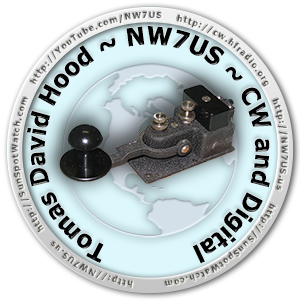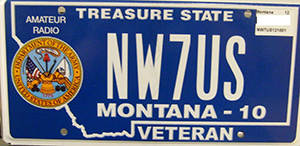
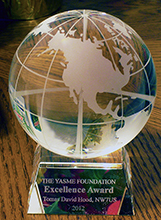
Tomas, NW7US, is a
recipient of the YASME
Excellence Award, 2012

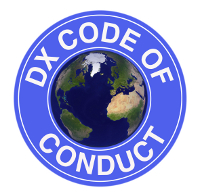
I am the current contributing editor (since 2001) of the Radio Propagation and Space
Weather column in CQ Amateur Radio Magazine. CQ
on Facebook: CQ
Amateur Radio Magazine.
I have passed and held every class (level) of amateur radio license, starting with Novice and ending with my
current Amateur Extra, having passed all three CW tests, 5-, 13-, and 20-wpm elements.
I first passed my amateur radio Novice license test in 1989, but it took until 1990 to get my first license,
KA1VGL. I then upgraded to the Morse-code enabled Technician class, then General, Advanced, and finally, a
20wpm Extra Class license that I passed in the mid 1990s. Now, you will find me on the shortwave (HF, or,
high-frequency) amateur radio bands from 160 meters through 10 meters, either using
CW (Morse code), or a digital mode such as Olivia. Once and a while I may
do voice or other data modes, even FT8.
I am also the current contributing editor of the Radio Propagation and Space
Weather column in The Spectrum Monitor.
NOTICE: As of September 5, 2020, I am living near Fayetteville, Ohio. Grid Square is
EM89ad.

I am the Technology Director for
Hams In The Air, an amateur radio service club (para ham club).

I've been licensed since 1990 - but SWLing since 1972. I am a US
Army Signal Corps Veteran (1980s). I've completed DXCC (Mixed, Digital, Phone, 20m), as well
as WAS, WAC, WPX, etc.
Please visit my websites:
1. NW7US Home Page
2. SunspotWatch.com page.

Click picture for a larger view...
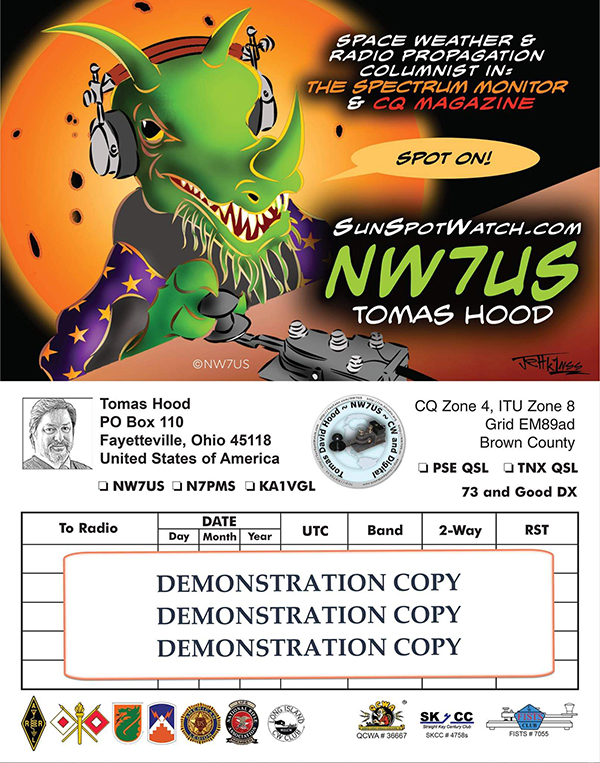
Have we worked?
Check: Search my logbook on Clublog
If you are logged into Clublog, view my DXCC chart:
View: NW7US DXCC Chart on Clublog
I Prefer LotW - Logbook of the World
I upload to LotW at least once daily, but usually more often. I upload to eQSL, HRDlog, QRZ, and Clublog
after each QSO, if I have internet connectivity.
Getting My Paper QSL Card
There are two methods that will give you a fast return QSL card:
1. Send an SASE
2. Use Clublog's OQRS system (see further, below, for instructions)
Method 1: If you wish to exchange a card, please send a Self-Addressed, Stamped Envelope
(SASE) so that I can easily send a return card to you. I am slow, but I catch up and do send a card,
eventually, someday. The SASE speeds it up. Usually, I will put my QSL card into the USA Mail Service within
a day or three, after receiving your card and request (with the SASE).
Method 2: You are invited to use my Clublog OQRS for requesting a QSL card from me, for one
or more of our QSOs:
Map of my QTH:

Ham Radio Felines (past and present)
Past: This is CQ, the Feline Prince (passed 2019):

Past: This is Peek-a-Boo, the Feline Princess (passed 2017):

Now: This is Patches, the Feline Lady of the House:

Now (new as of October 2022): This is Willow, the new little lady feline:

Now (new as of October 2022): This is Munchkin, the new little boy feline:

New as of 2023: This is Ernie, the big boy feline that came from our daughter's, to live with us:



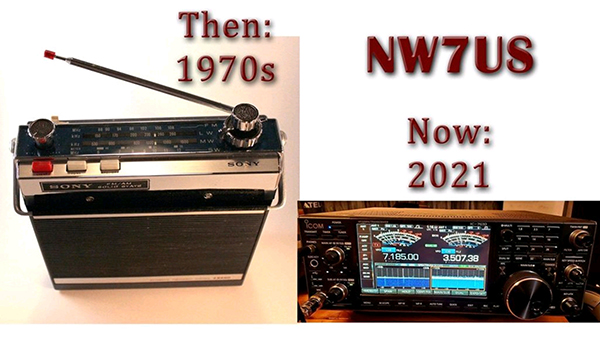
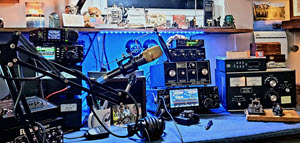

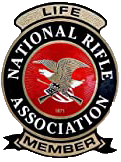
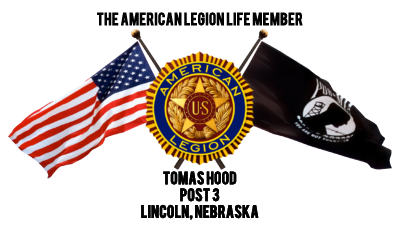
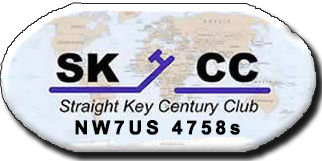
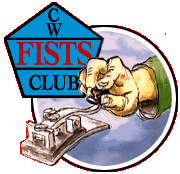

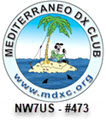
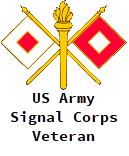
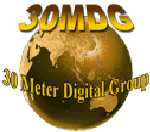
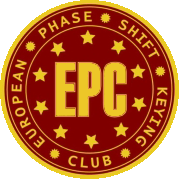
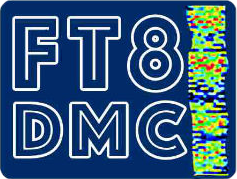
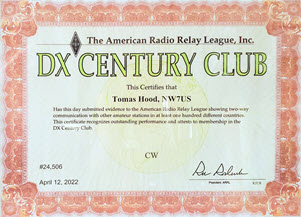
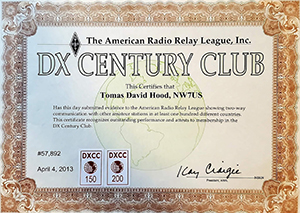
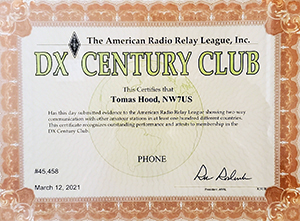
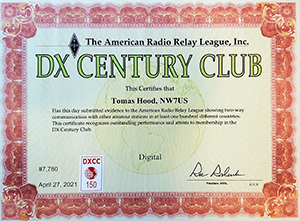
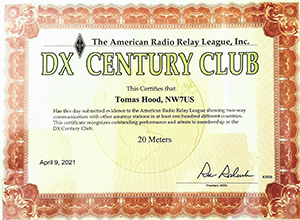
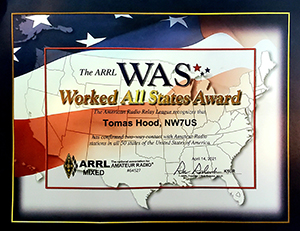
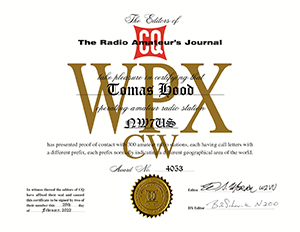

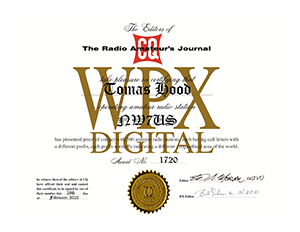
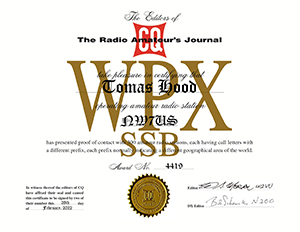
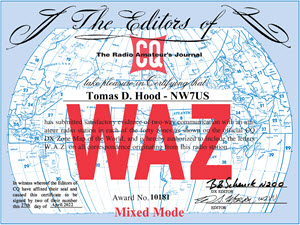
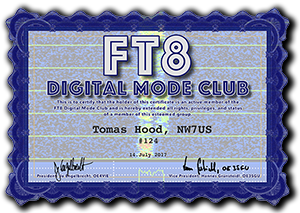
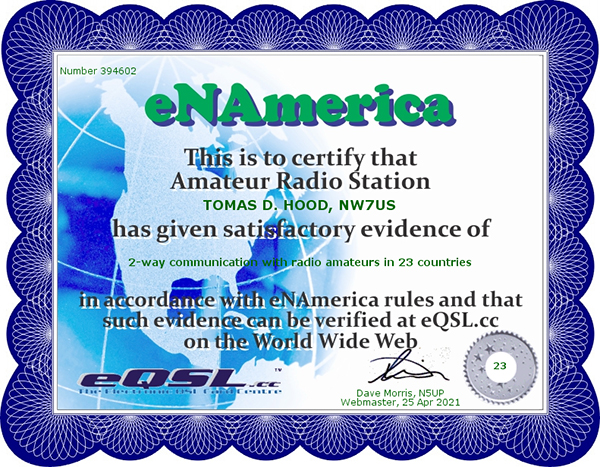
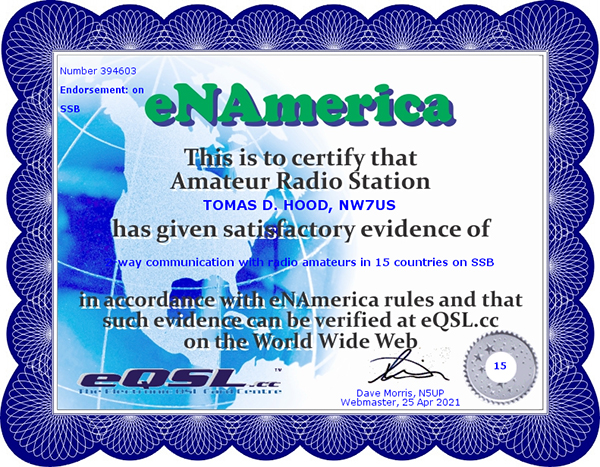
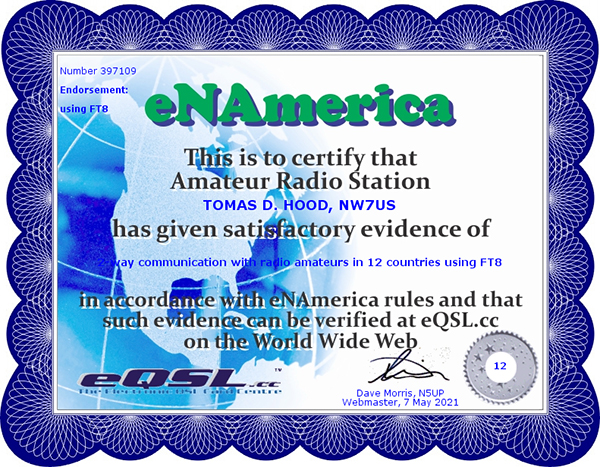
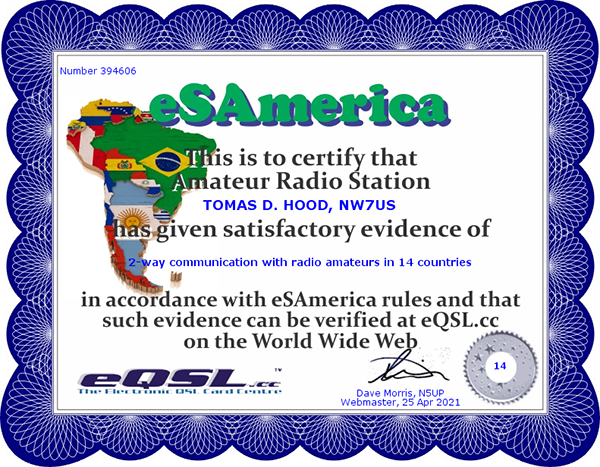

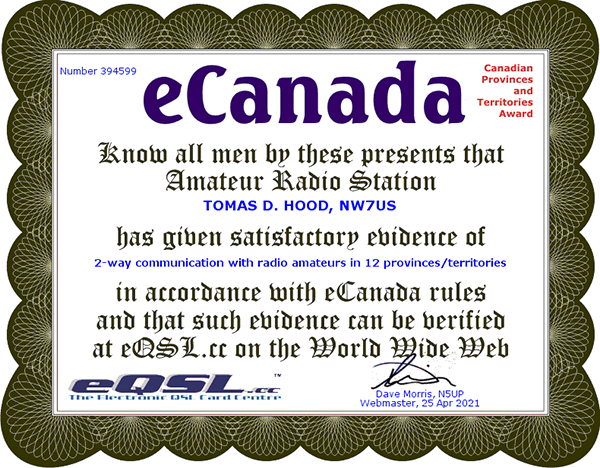
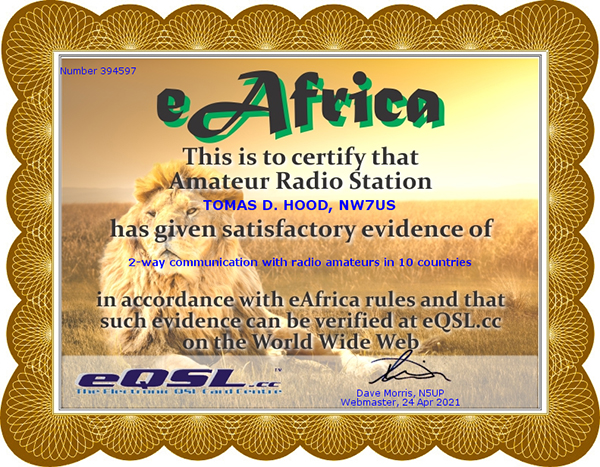
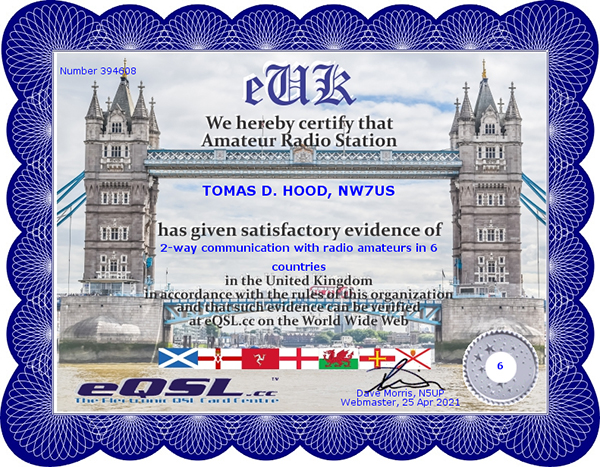
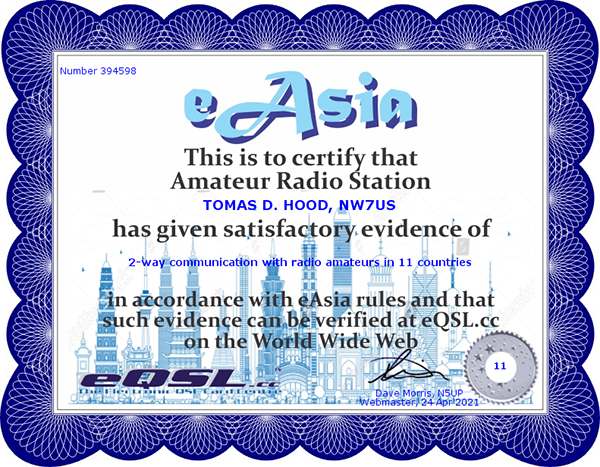
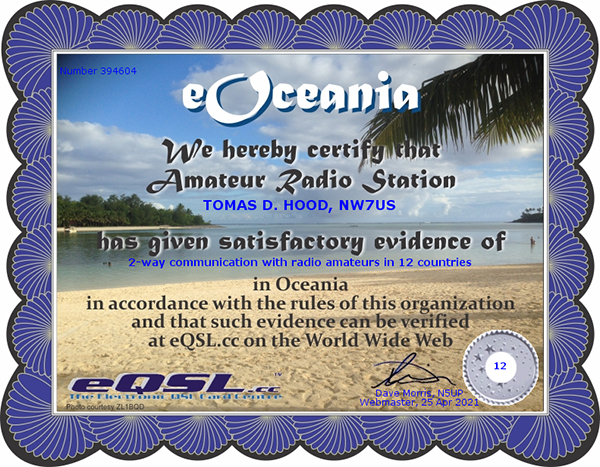
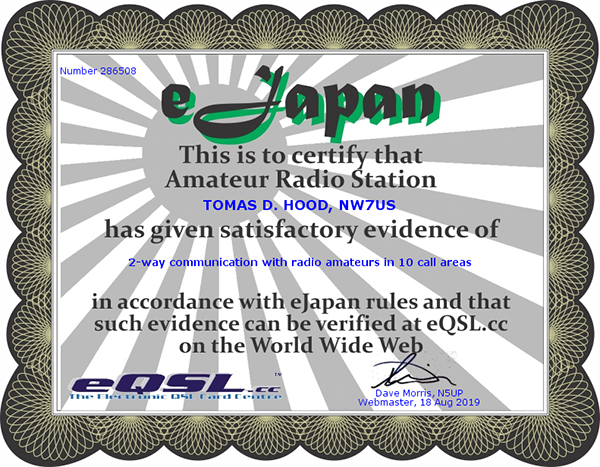
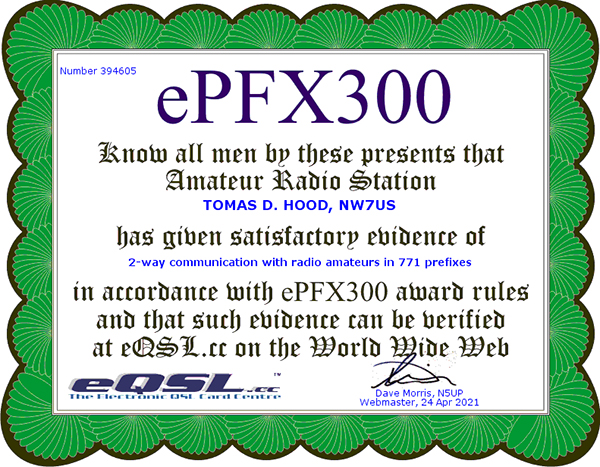
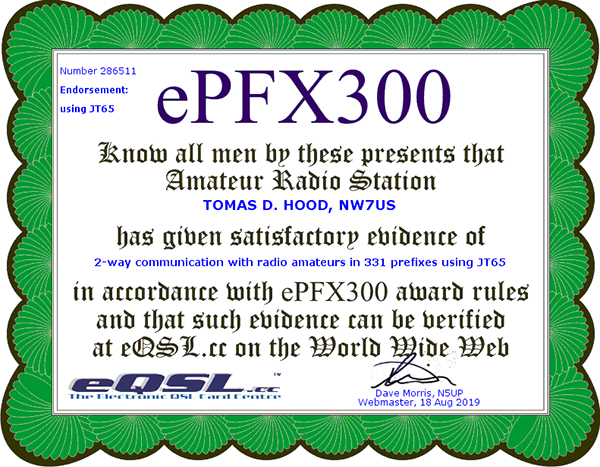
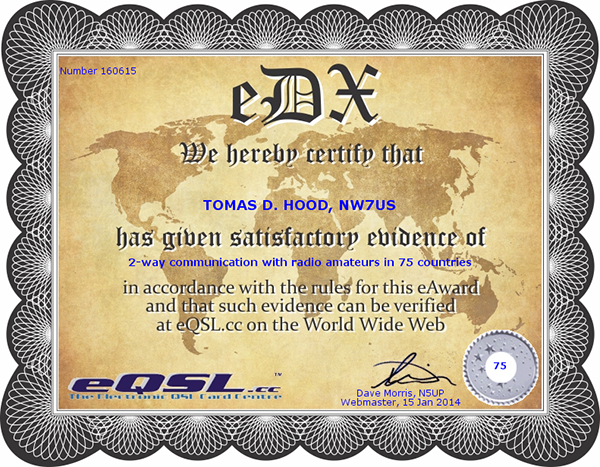
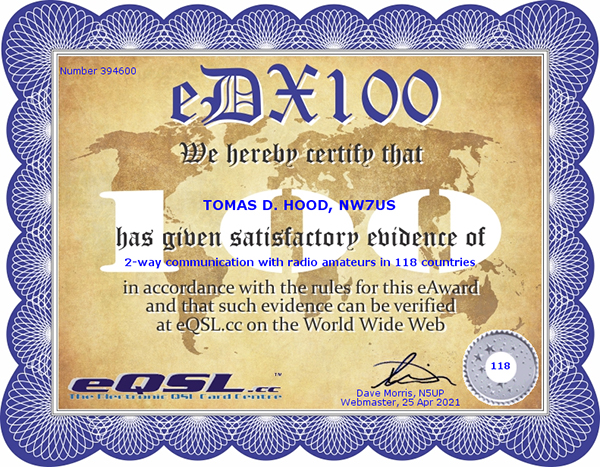
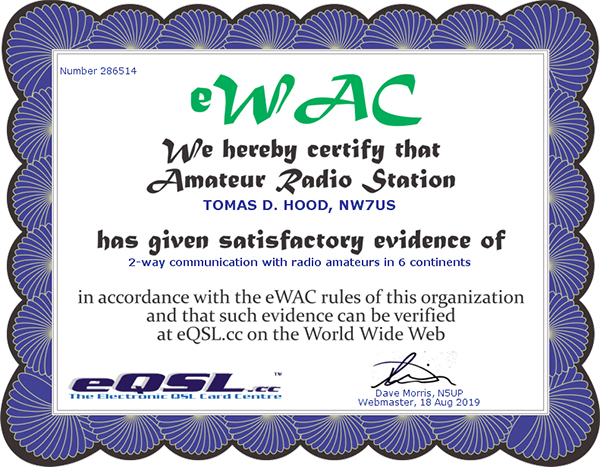

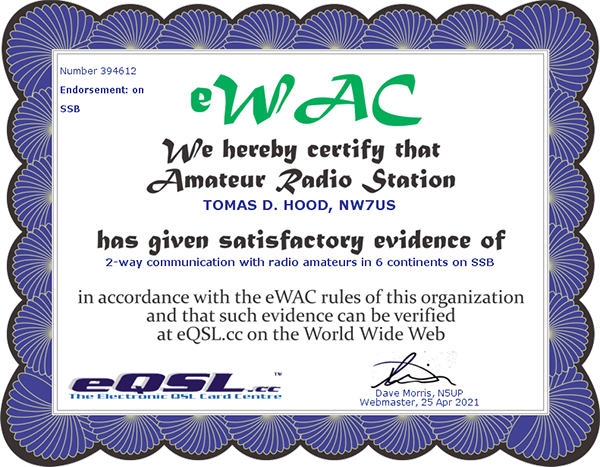

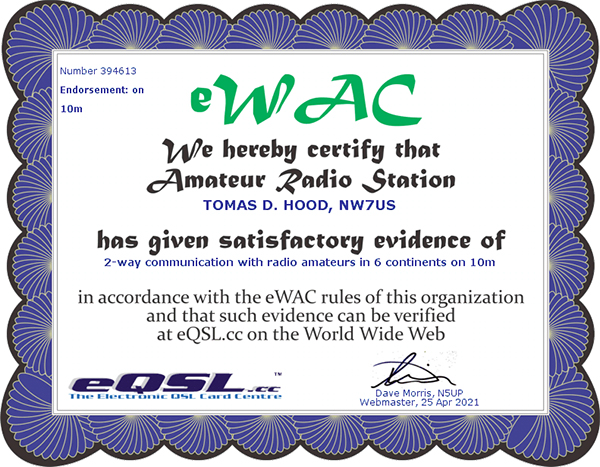
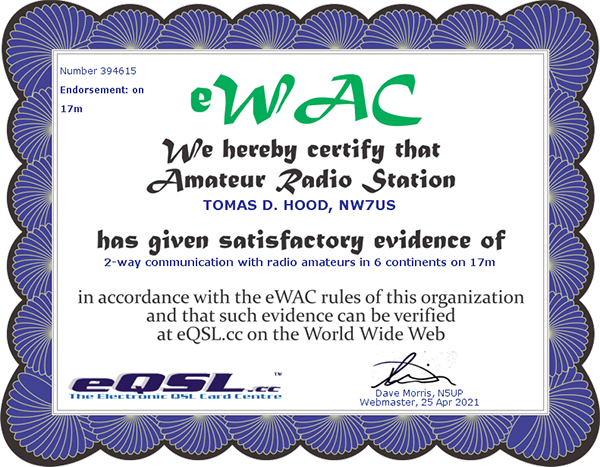
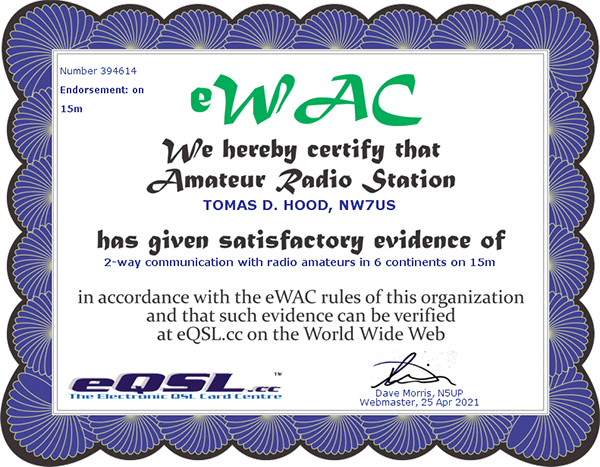

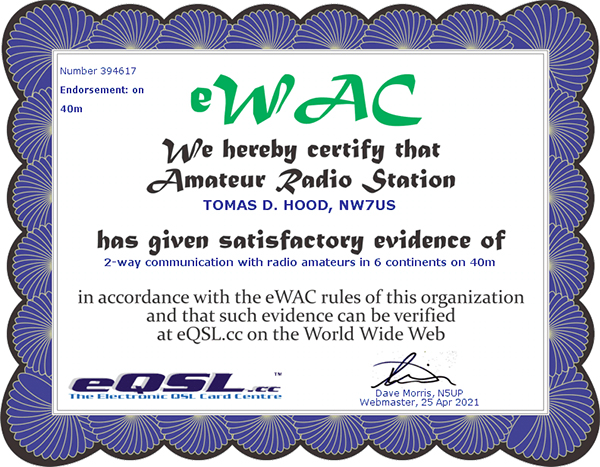
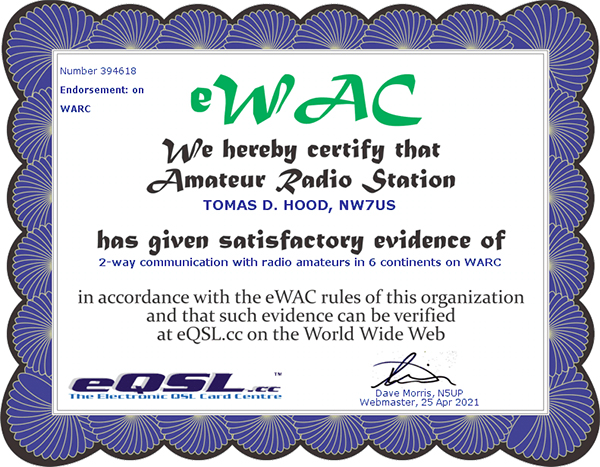
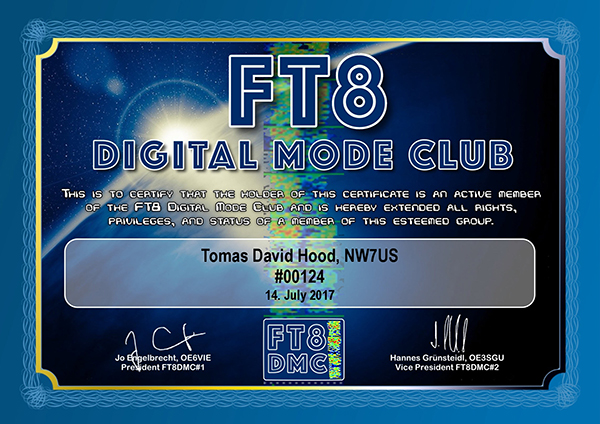
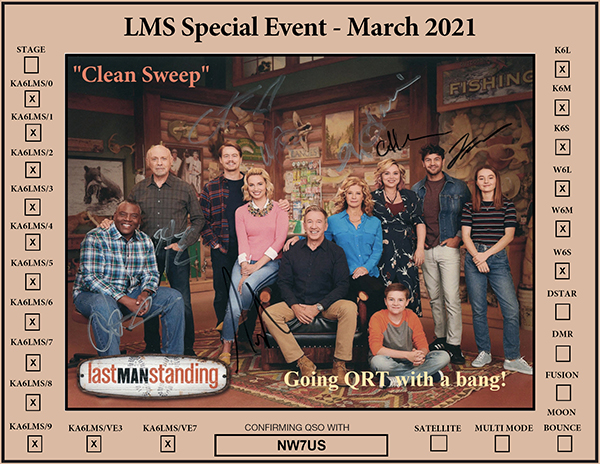
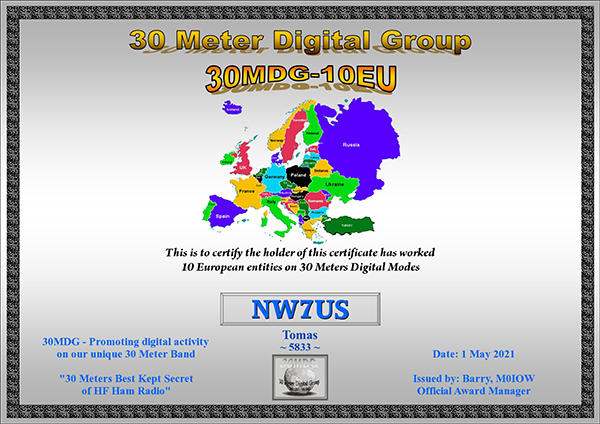
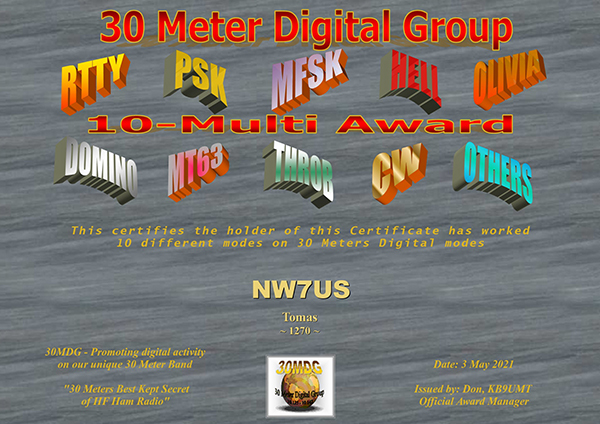
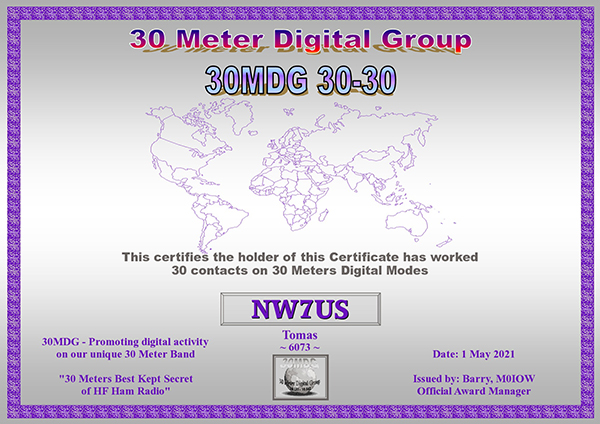
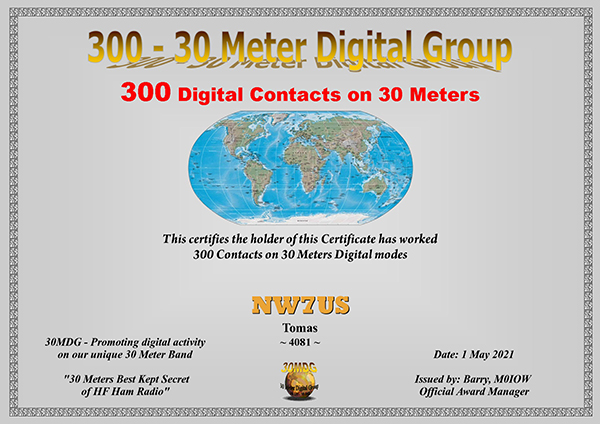
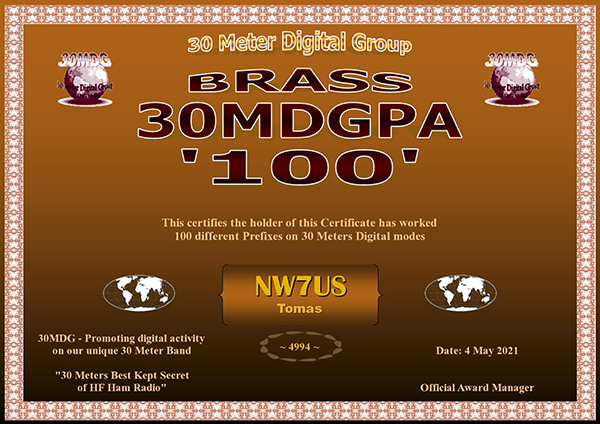
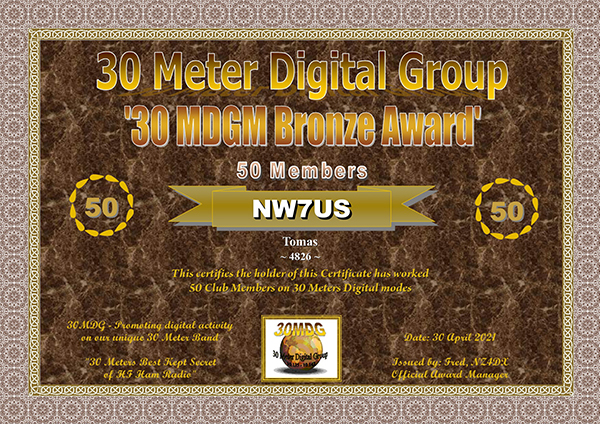
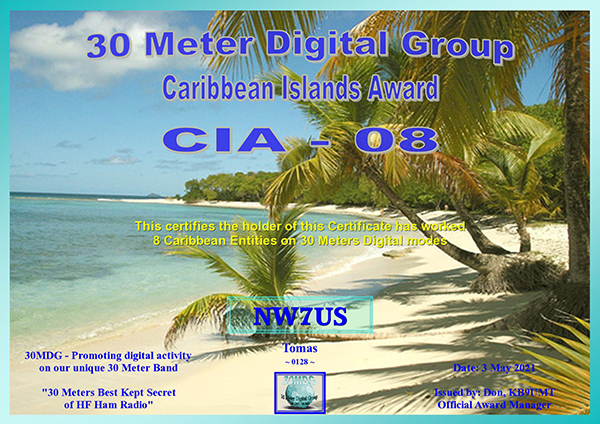
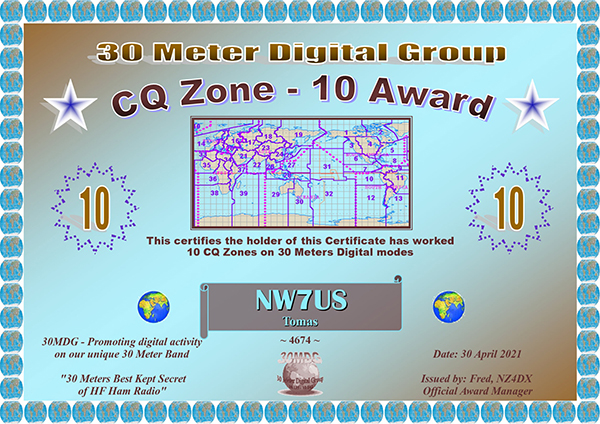
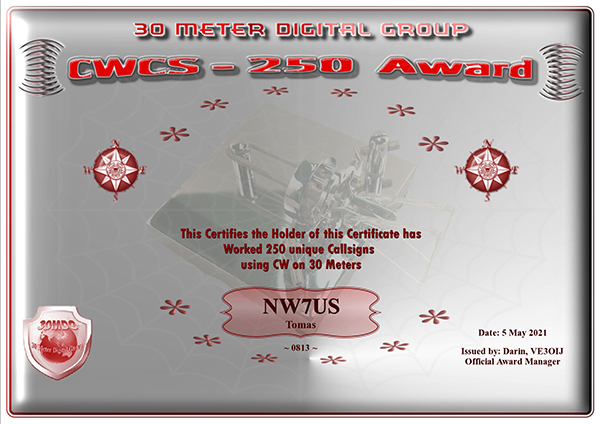
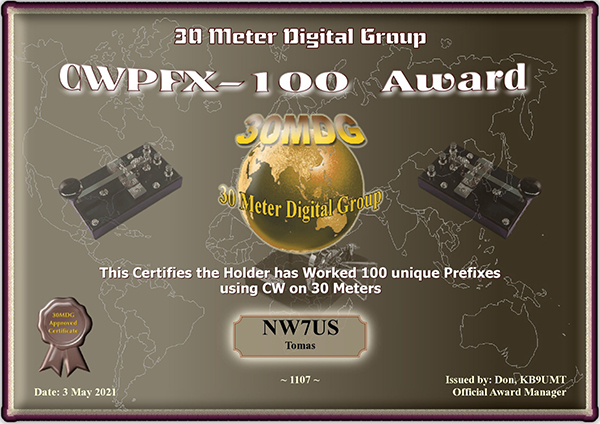
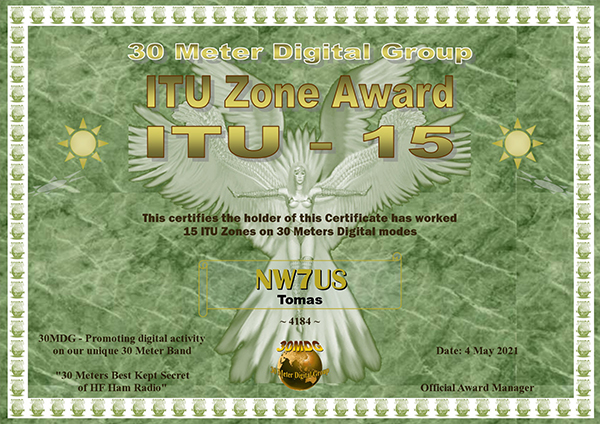
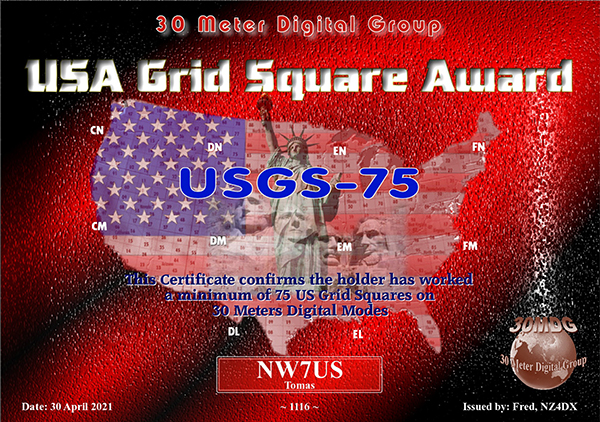
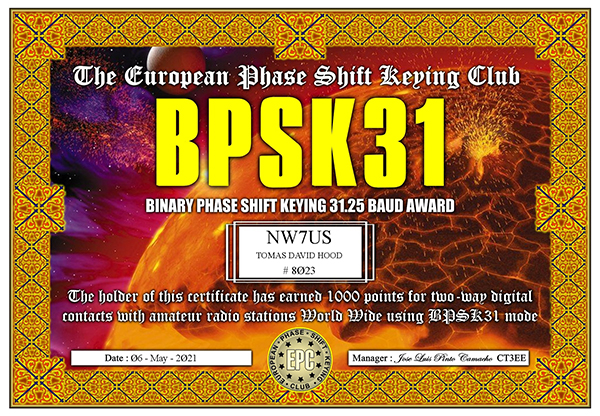
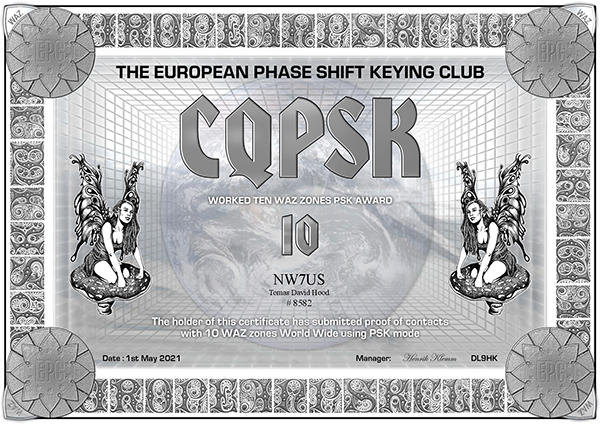
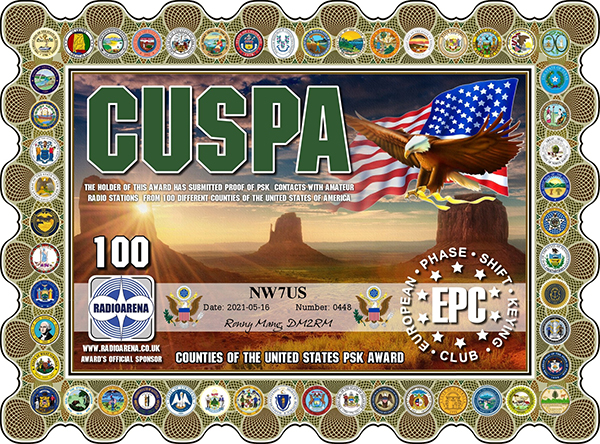
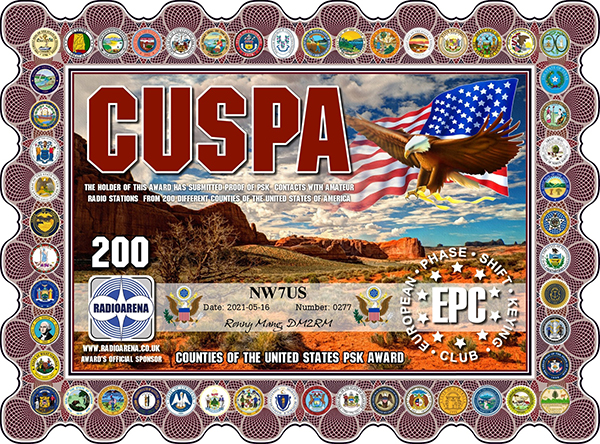

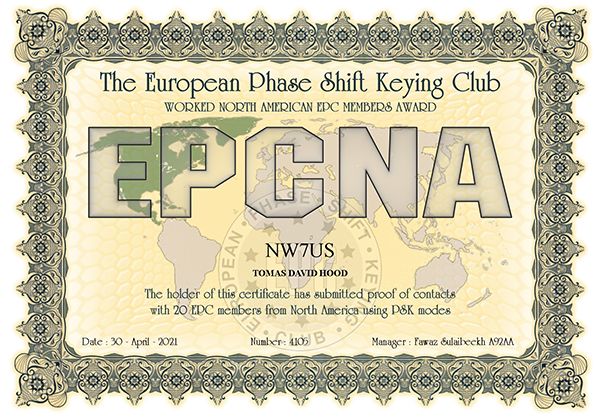
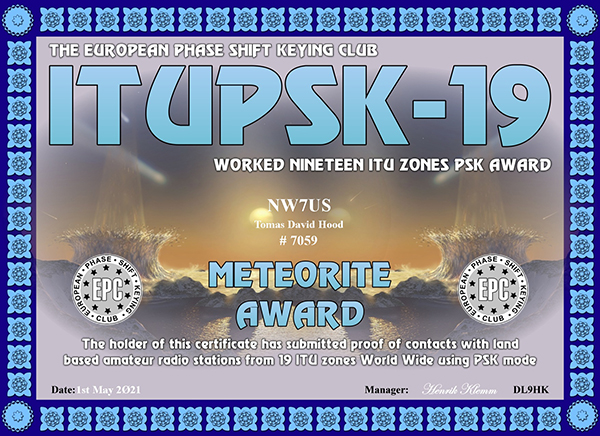
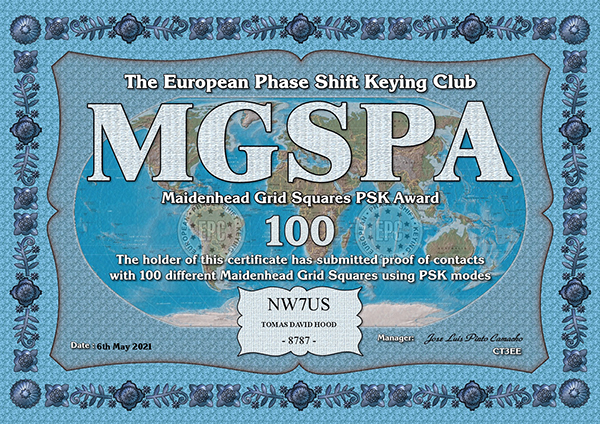
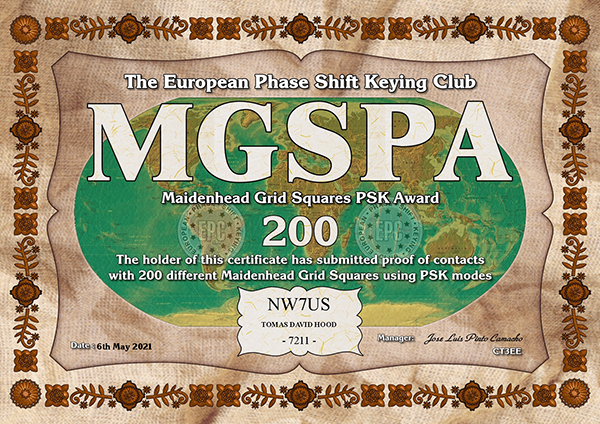
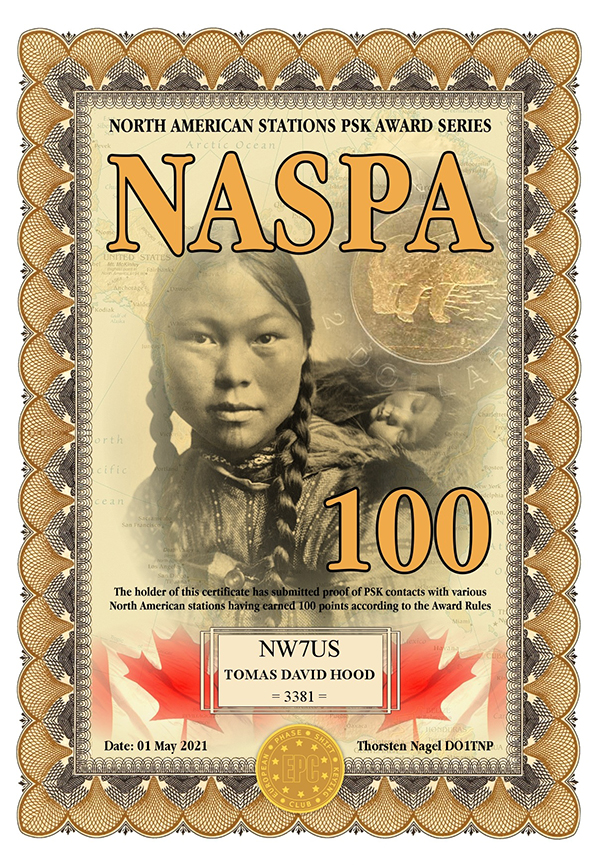
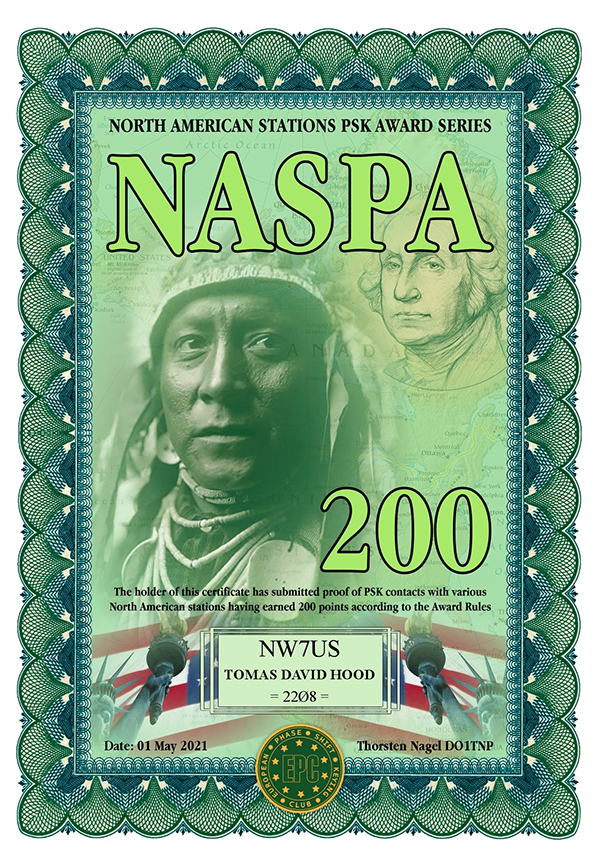
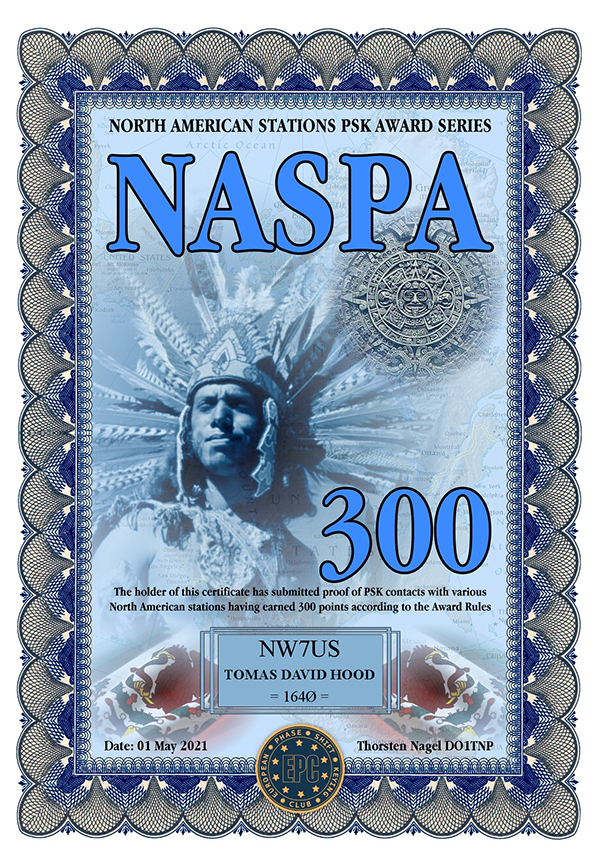
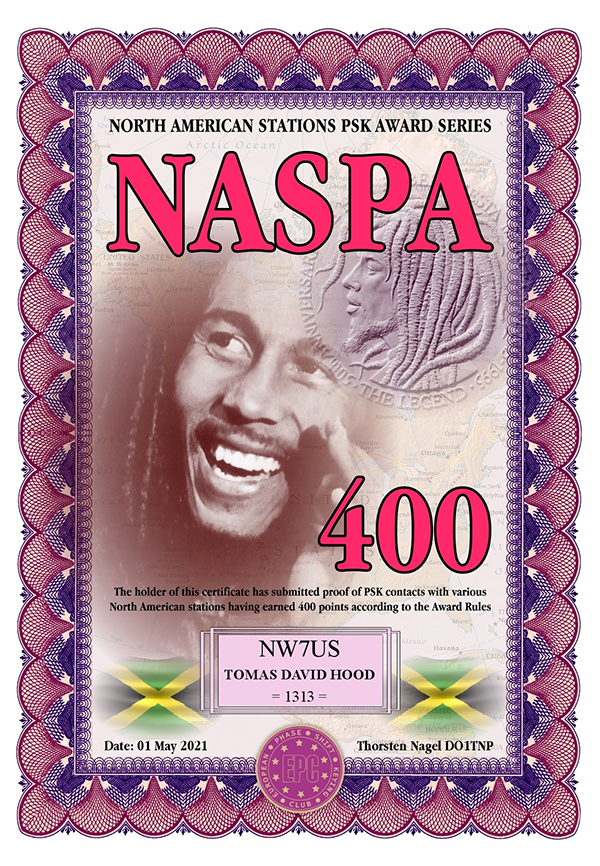
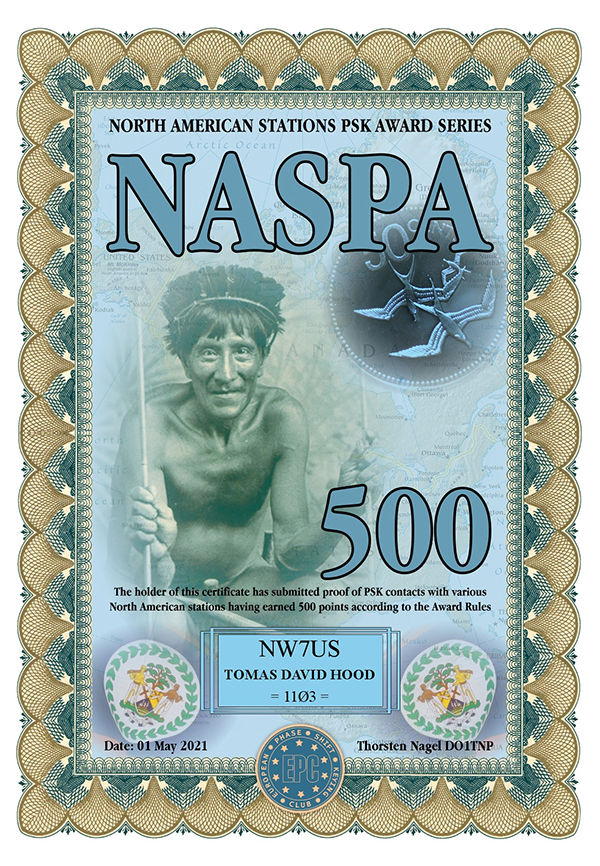
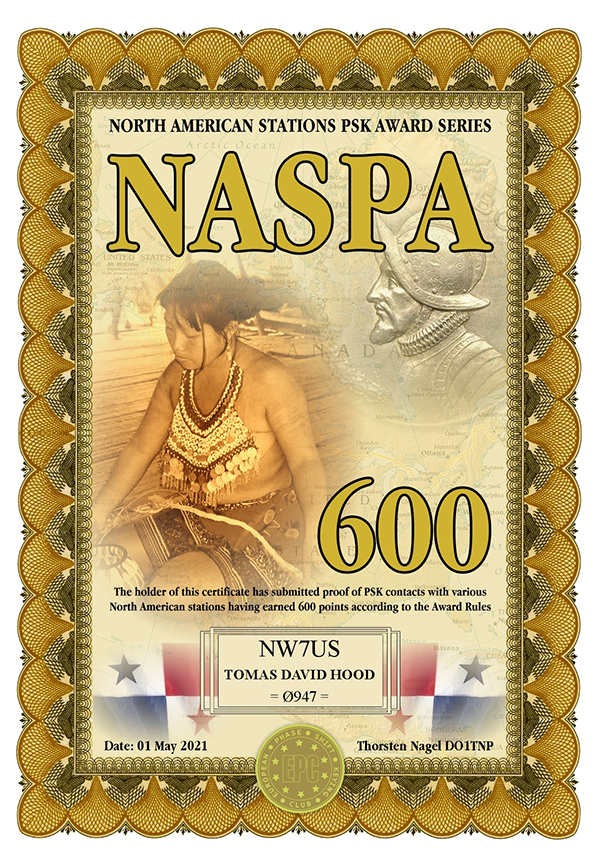
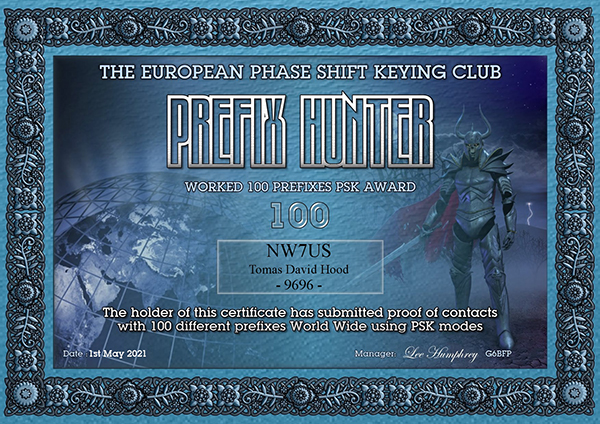
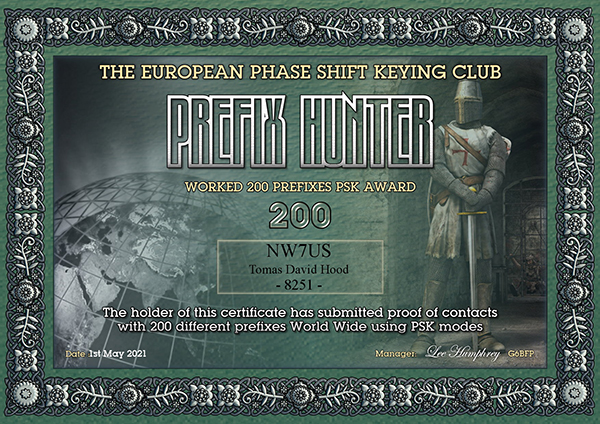


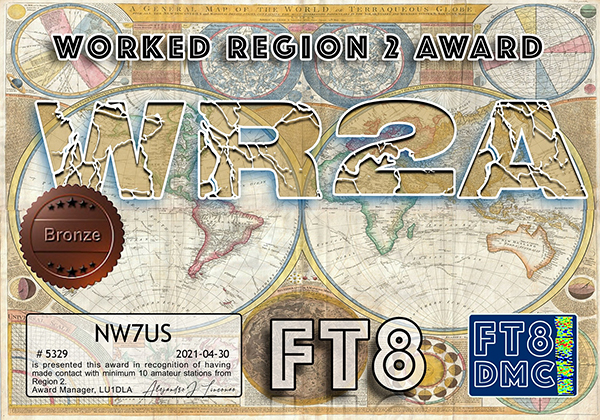
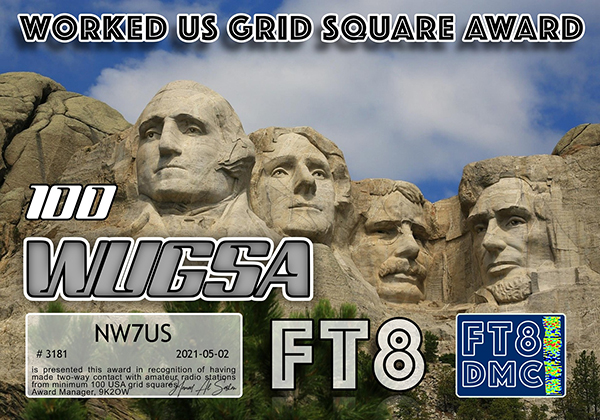
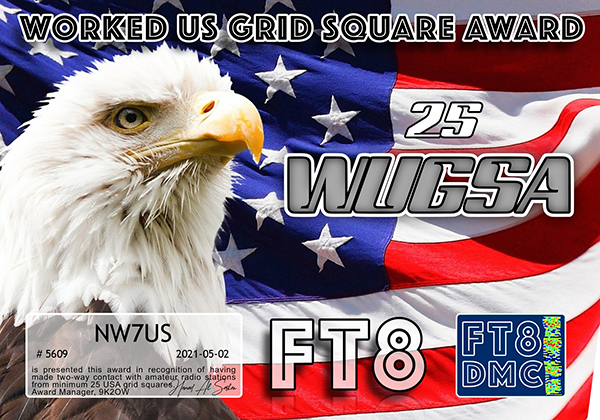

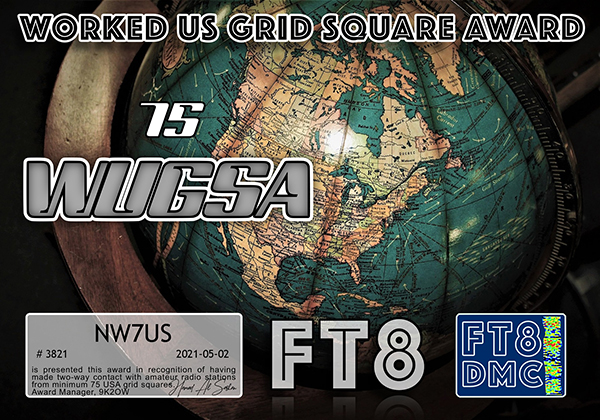
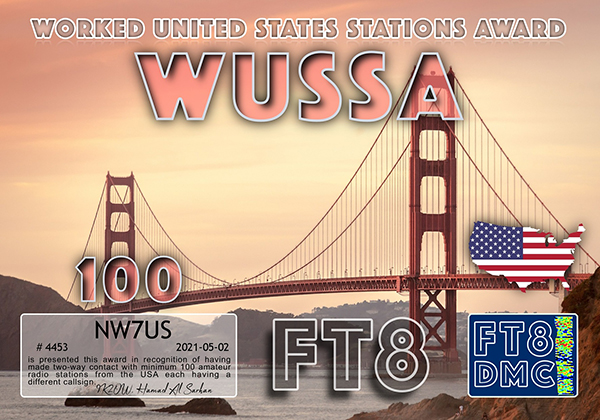
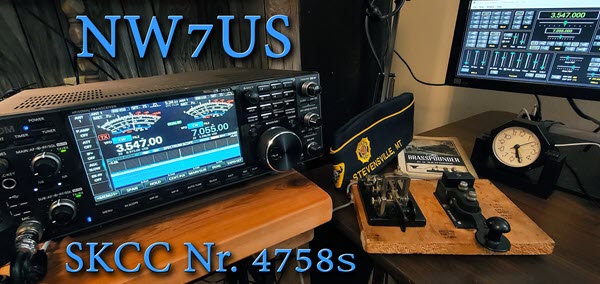
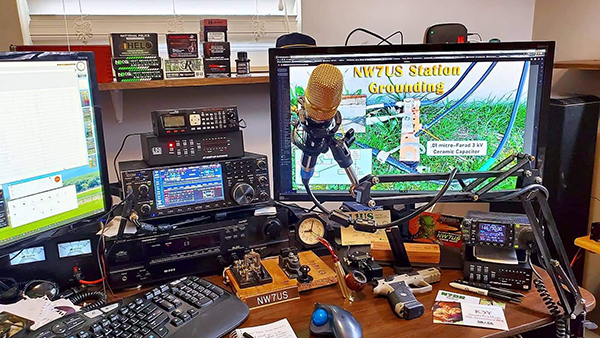
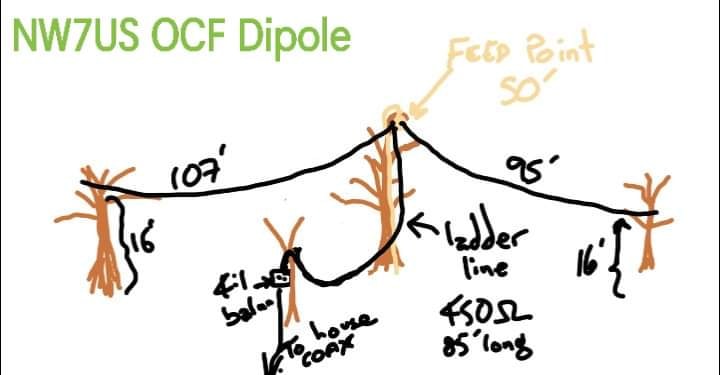
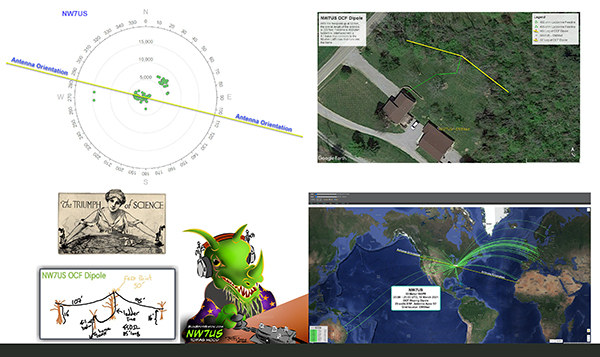
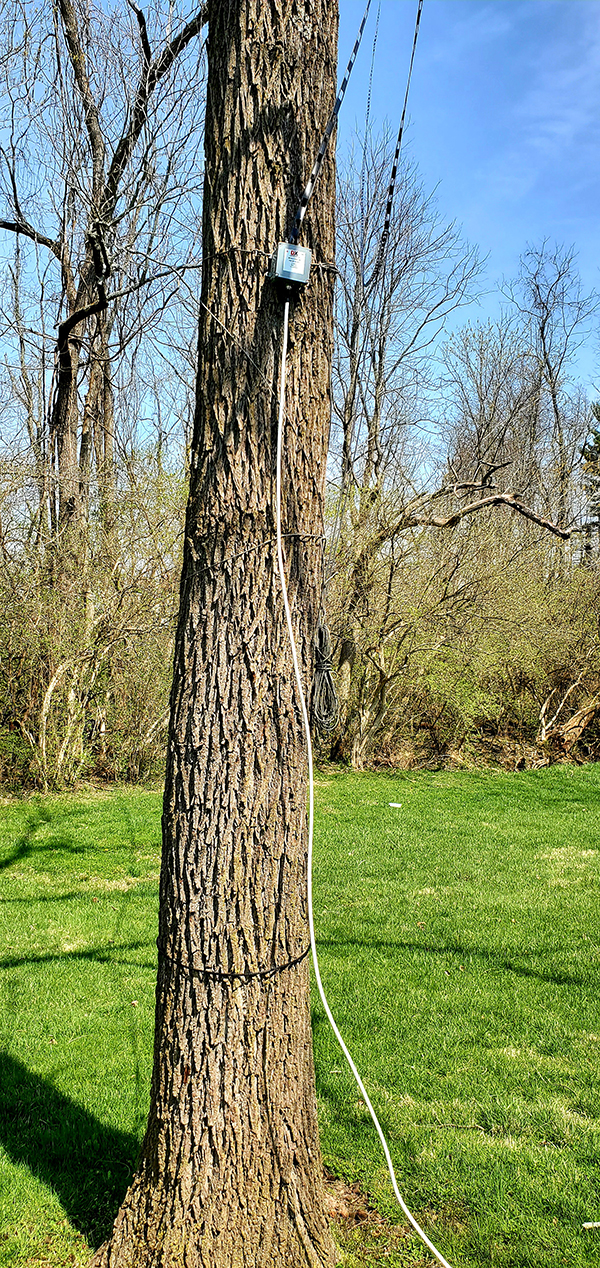
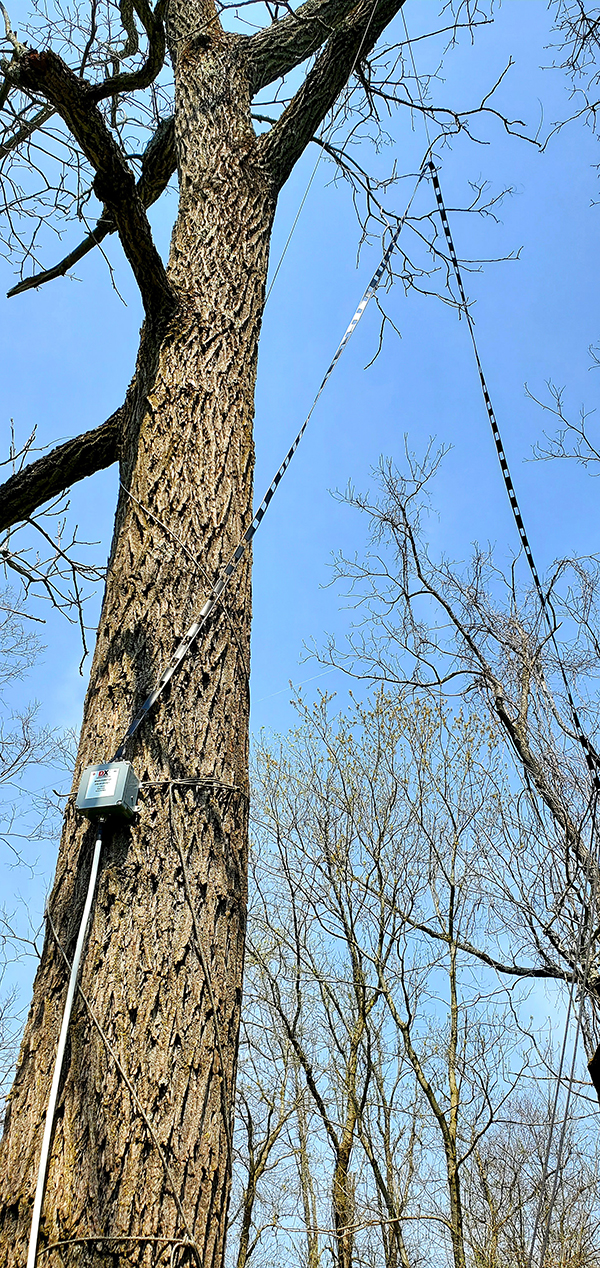
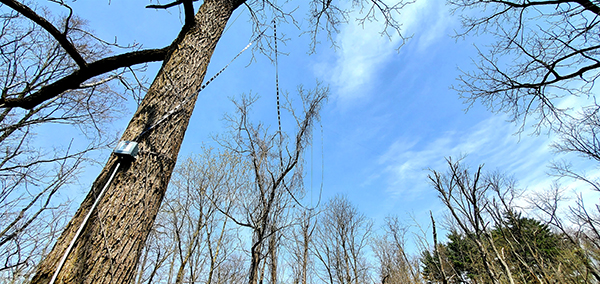
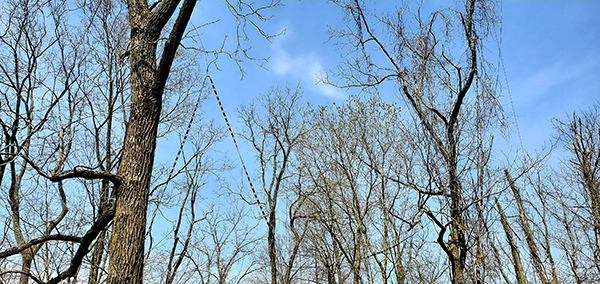

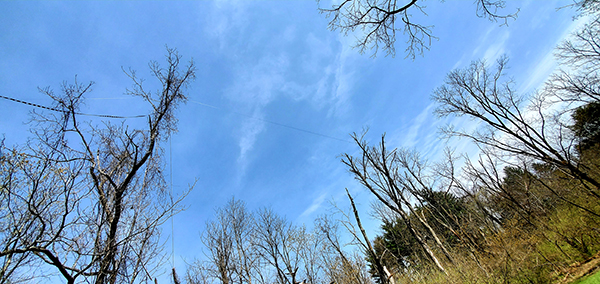
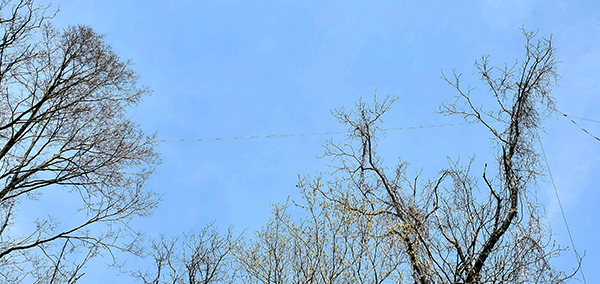
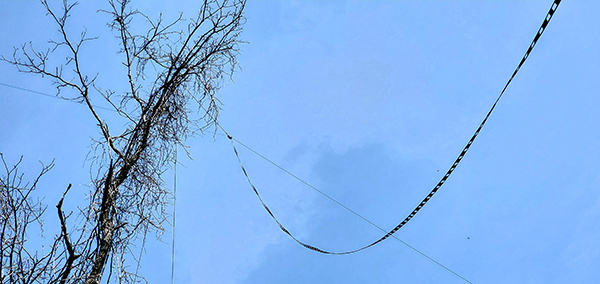

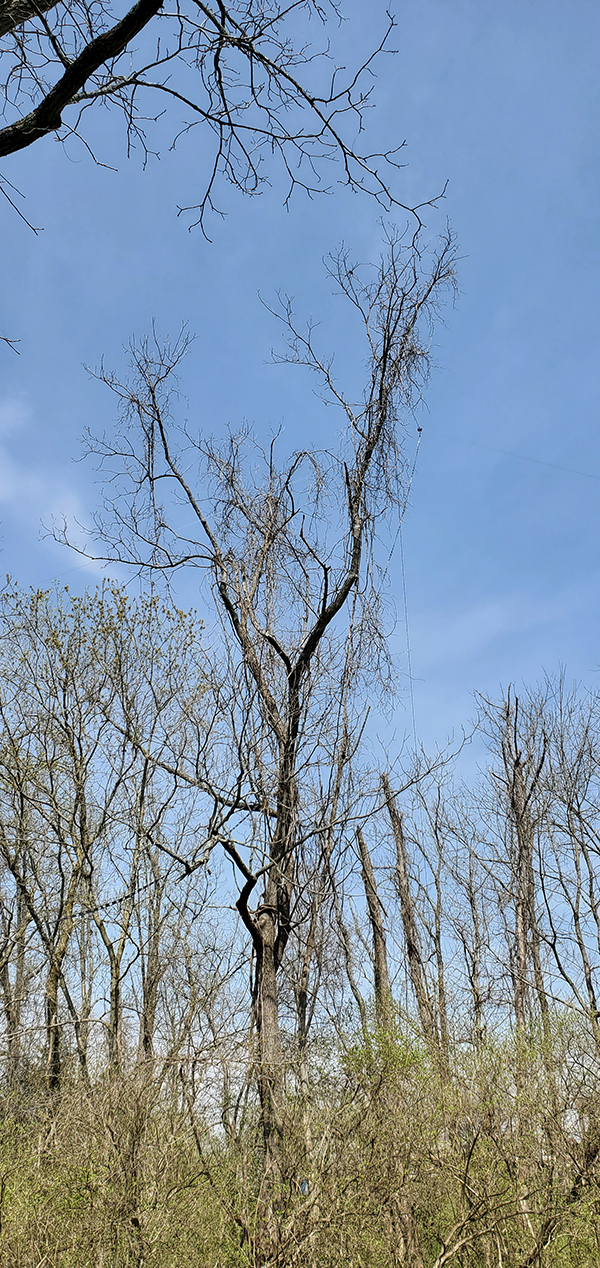
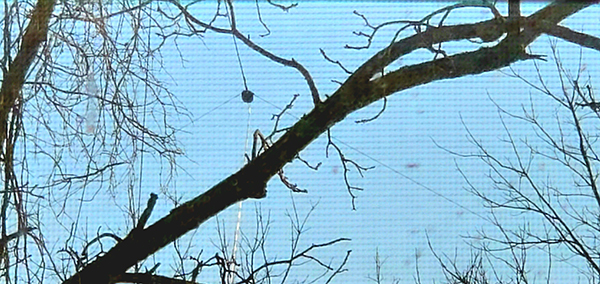
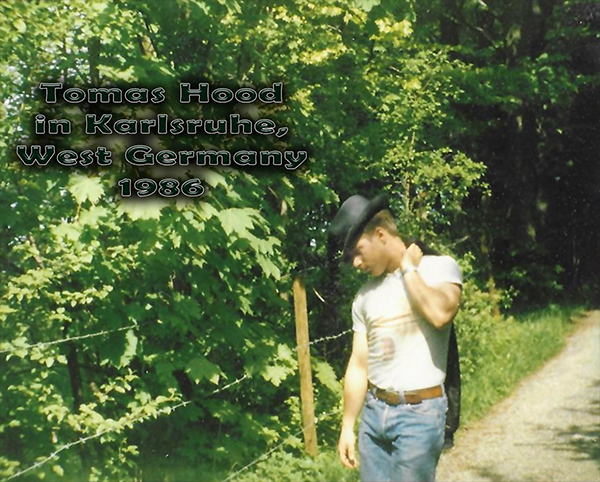
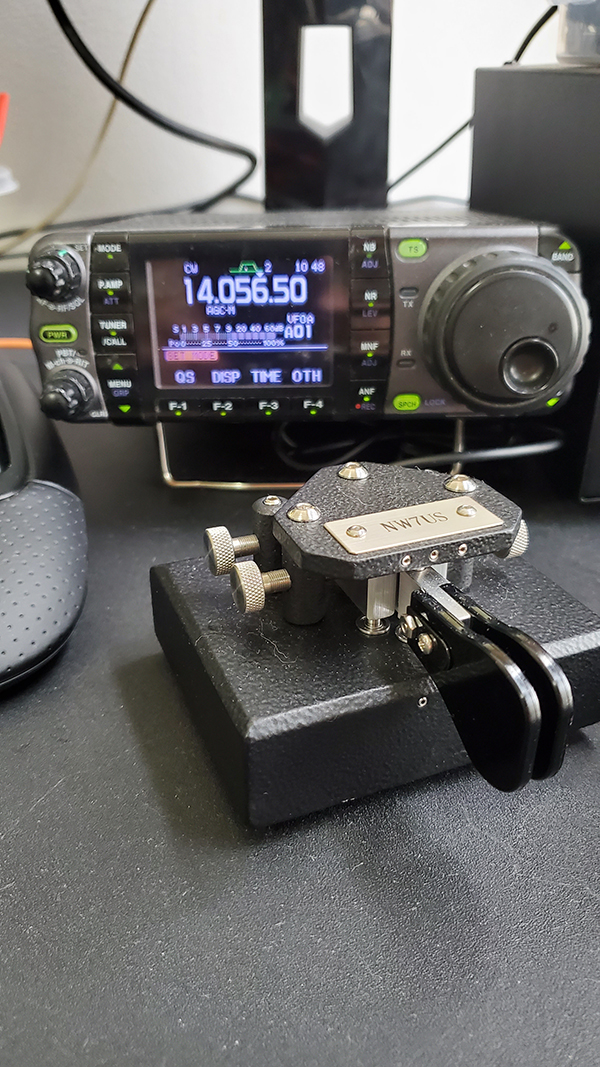
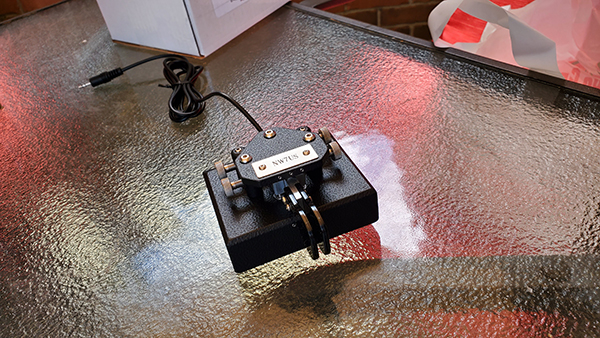
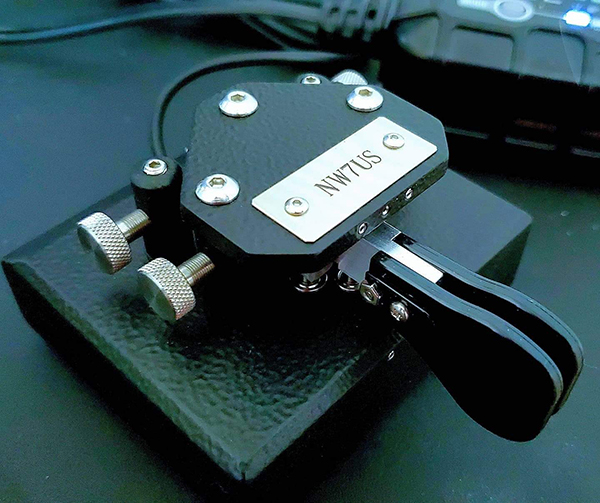
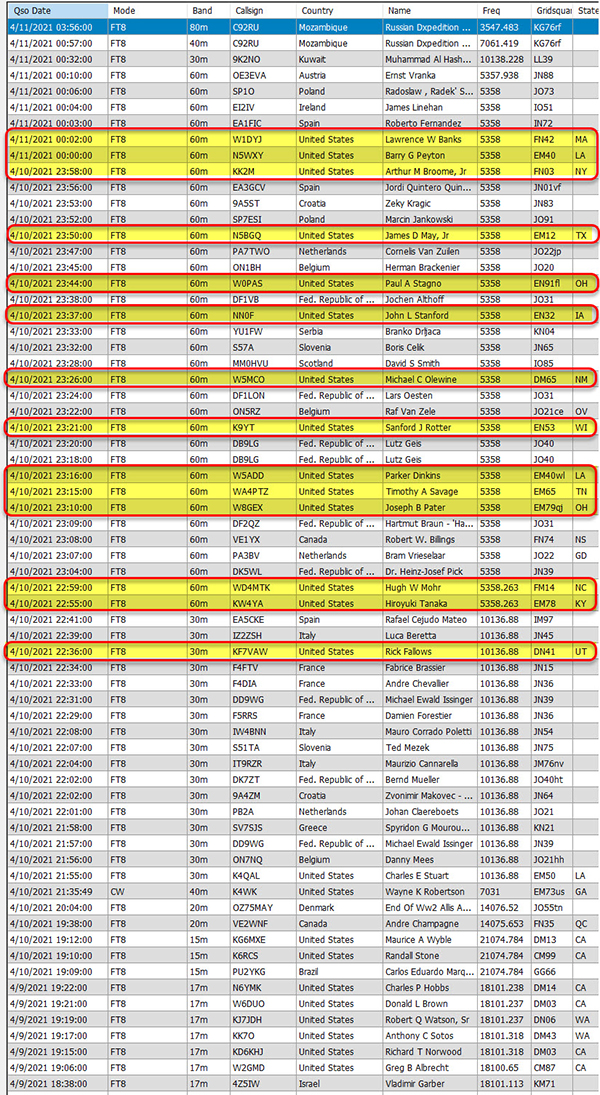
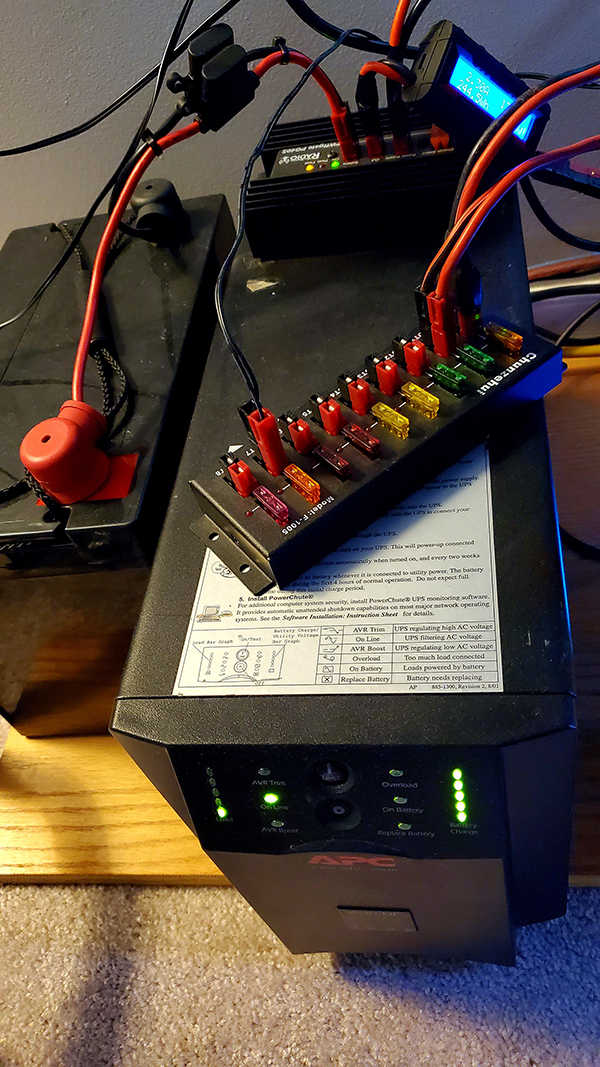
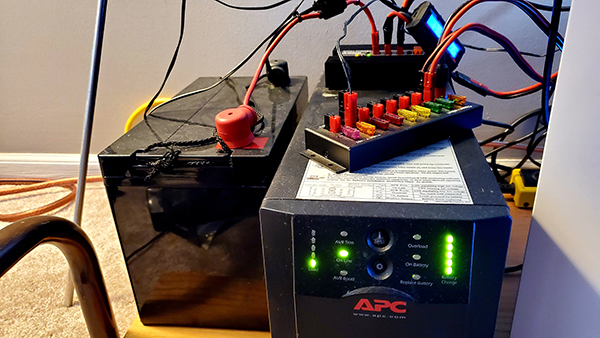
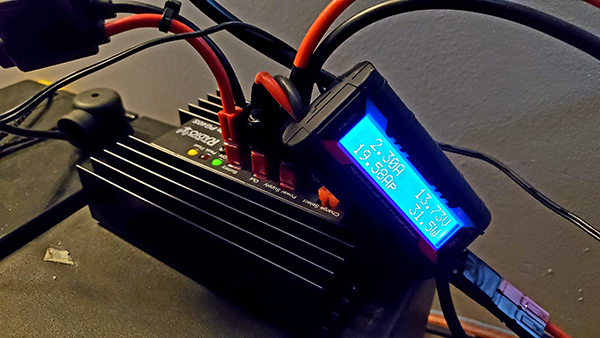
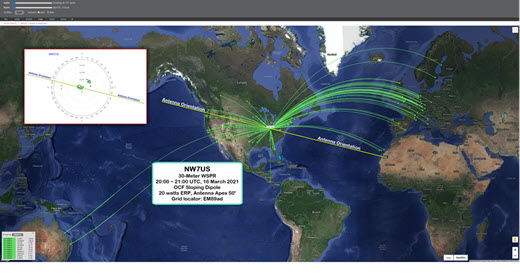
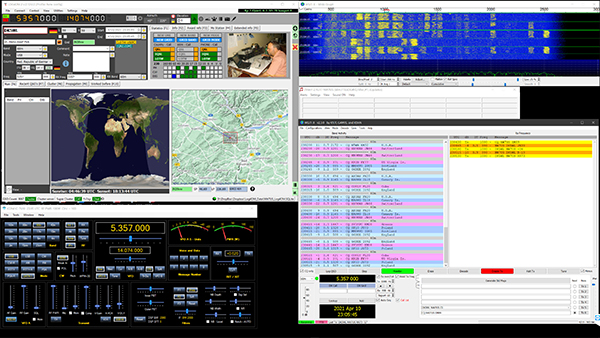
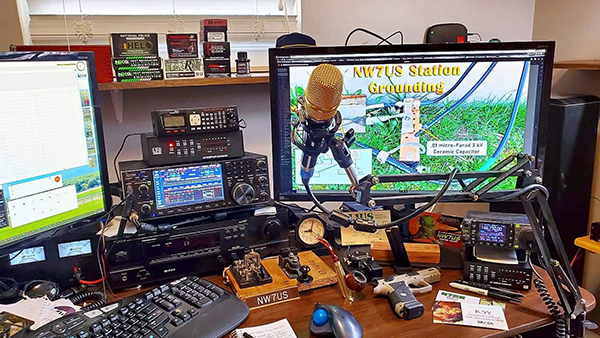
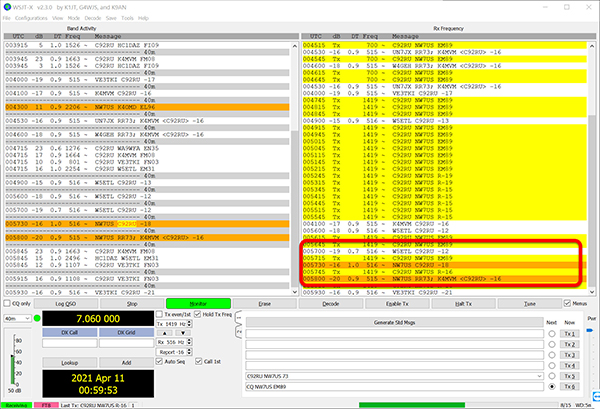
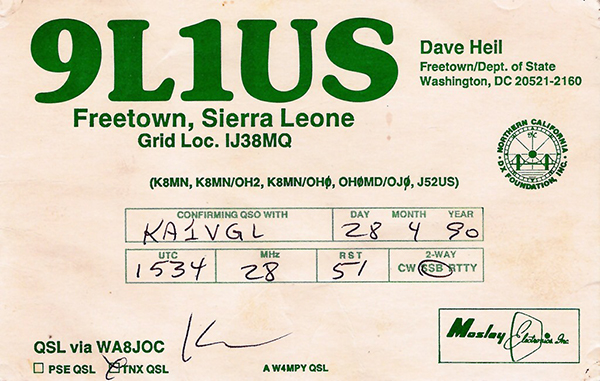

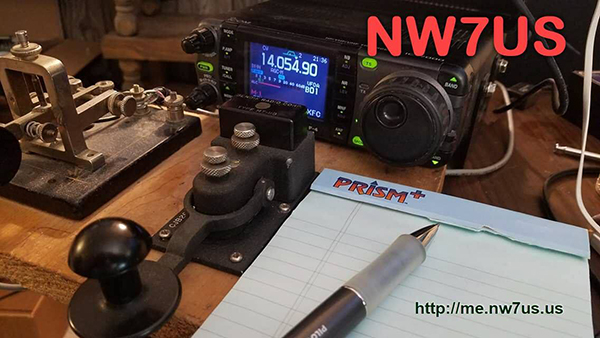
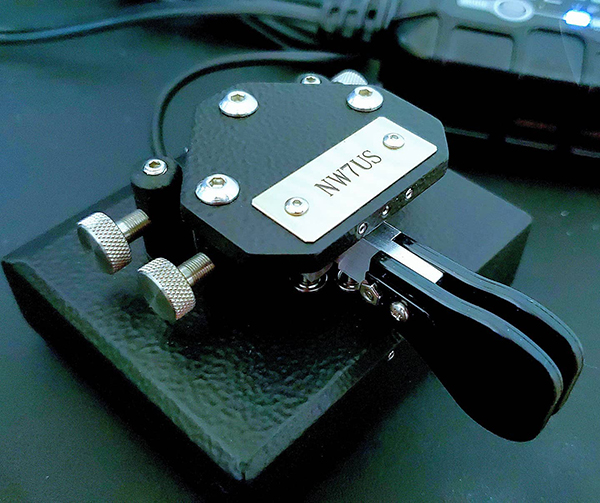
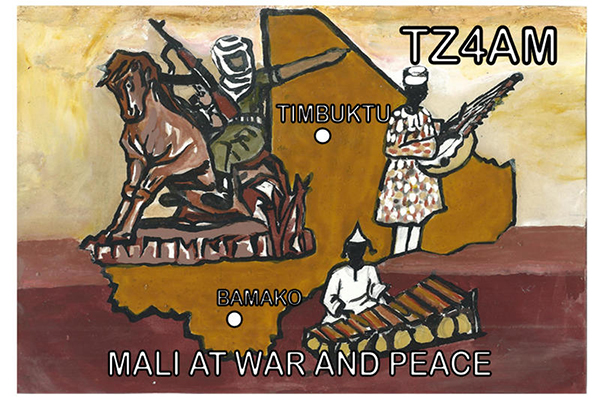
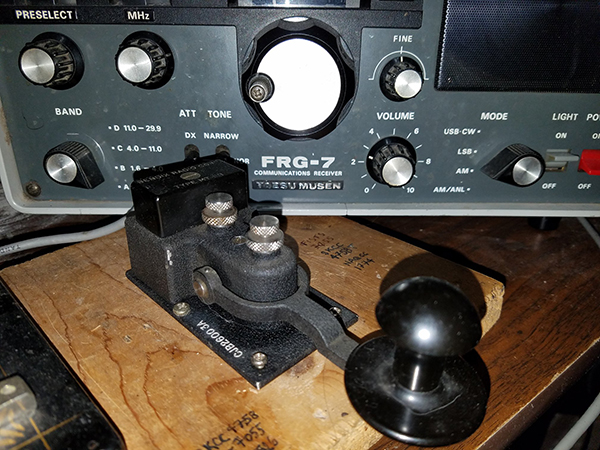
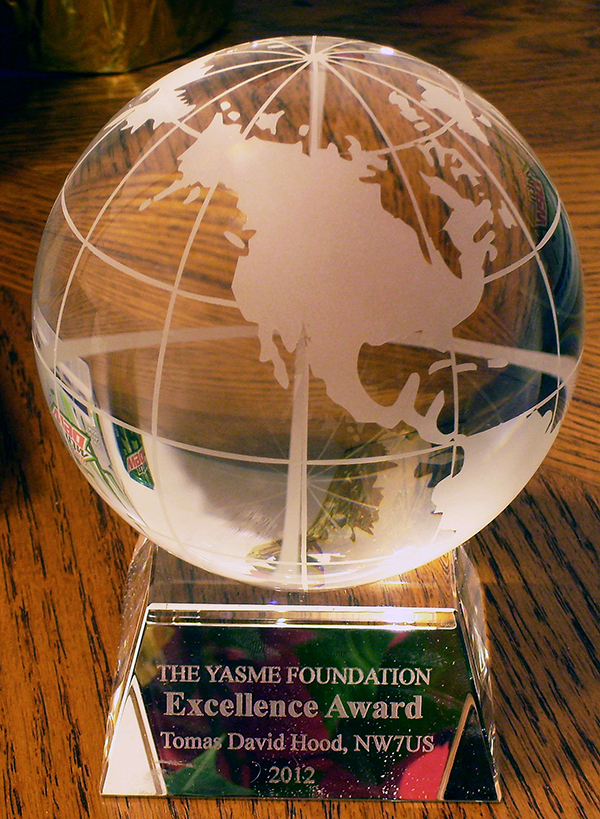

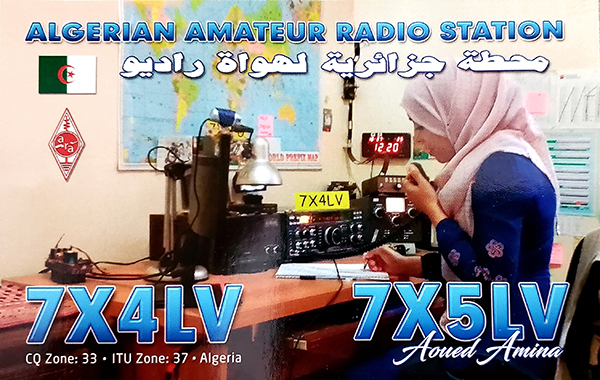
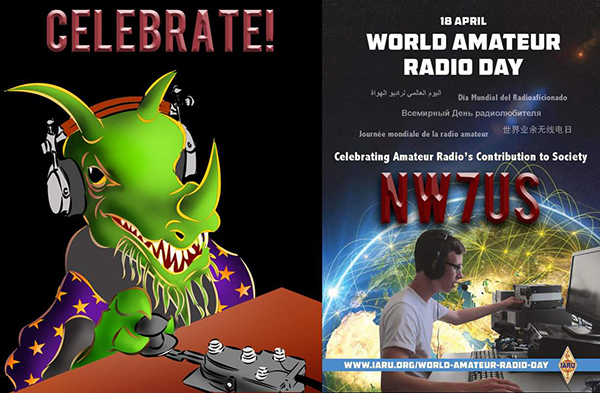



 I'm Tomas David Hood. I am an
amateur radio operator with the callsign of
NW7US. I enjoy having two-way communications by
way of shortwave radio signals, in the
I'm Tomas David Hood. I am an
amateur radio operator with the callsign of
NW7US. I enjoy having two-way communications by
way of shortwave radio signals, in the

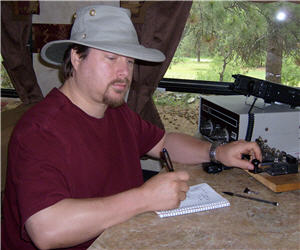 In general, my station runs 100 watts out of an Icom IC-7000. I
am using the KK7UQ home-built digital interface with the Ham
Radio Delux + DRM software. My Morse code key is one of two: a
WWII Navy Signaling Key (originally used by the Navy for
ship-to-ship signal lamps), or a modified Vibroplex key that is
now a 'paddle' key (moves side-to-side, requiring an
electronic keyer). My antenna is a Hustler mobile vertical
antenna so my situation is marginal. I operate mostly on 20
meters digital, often on
In general, my station runs 100 watts out of an Icom IC-7000. I
am using the KK7UQ home-built digital interface with the Ham
Radio Delux + DRM software. My Morse code key is one of two: a
WWII Navy Signaling Key (originally used by the Navy for
ship-to-ship signal lamps), or a modified Vibroplex key that is
now a 'paddle' key (moves side-to-side, requiring an
electronic keyer). My antenna is a Hustler mobile vertical
antenna so my situation is marginal. I operate mostly on 20
meters digital, often on
